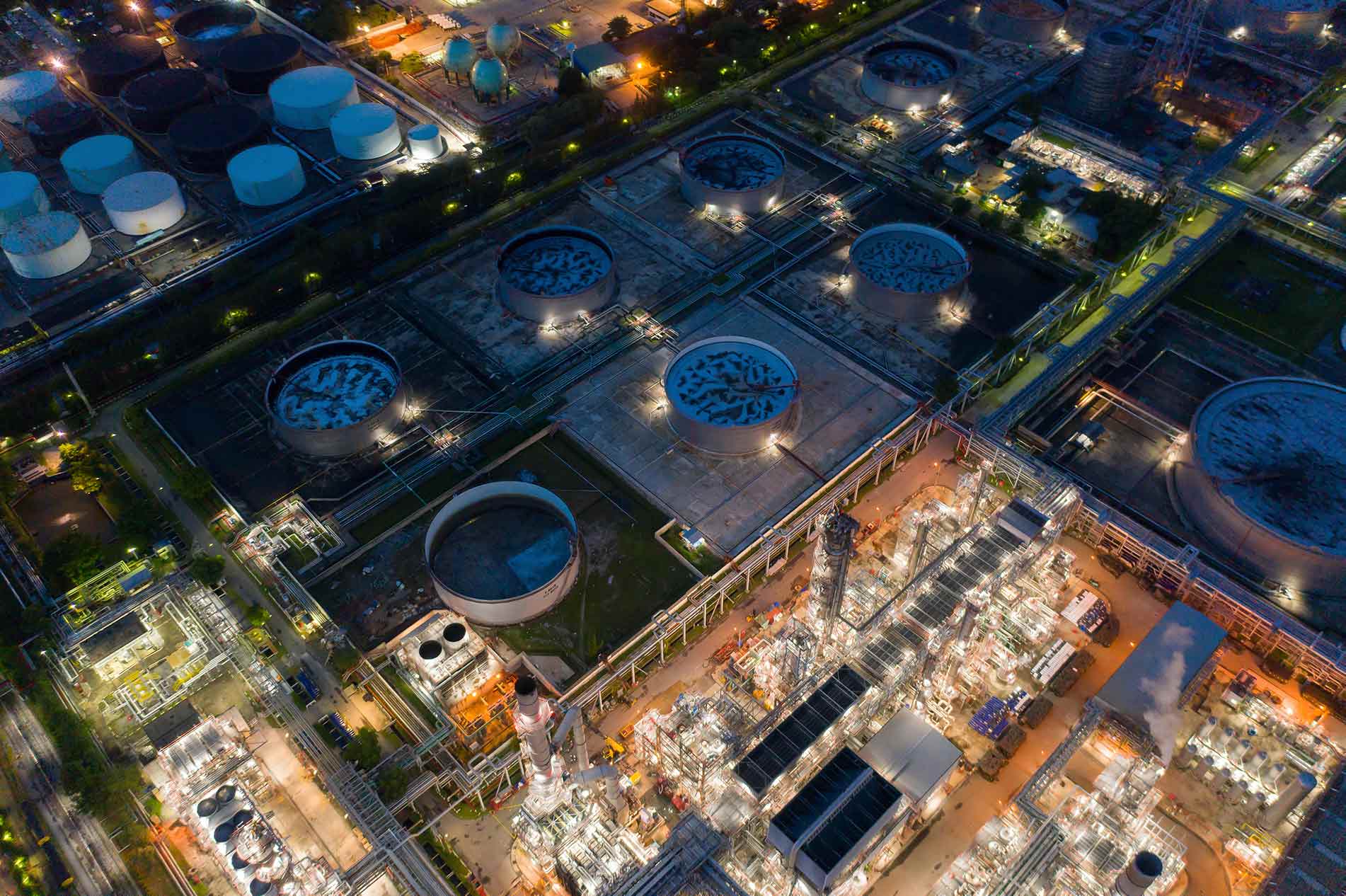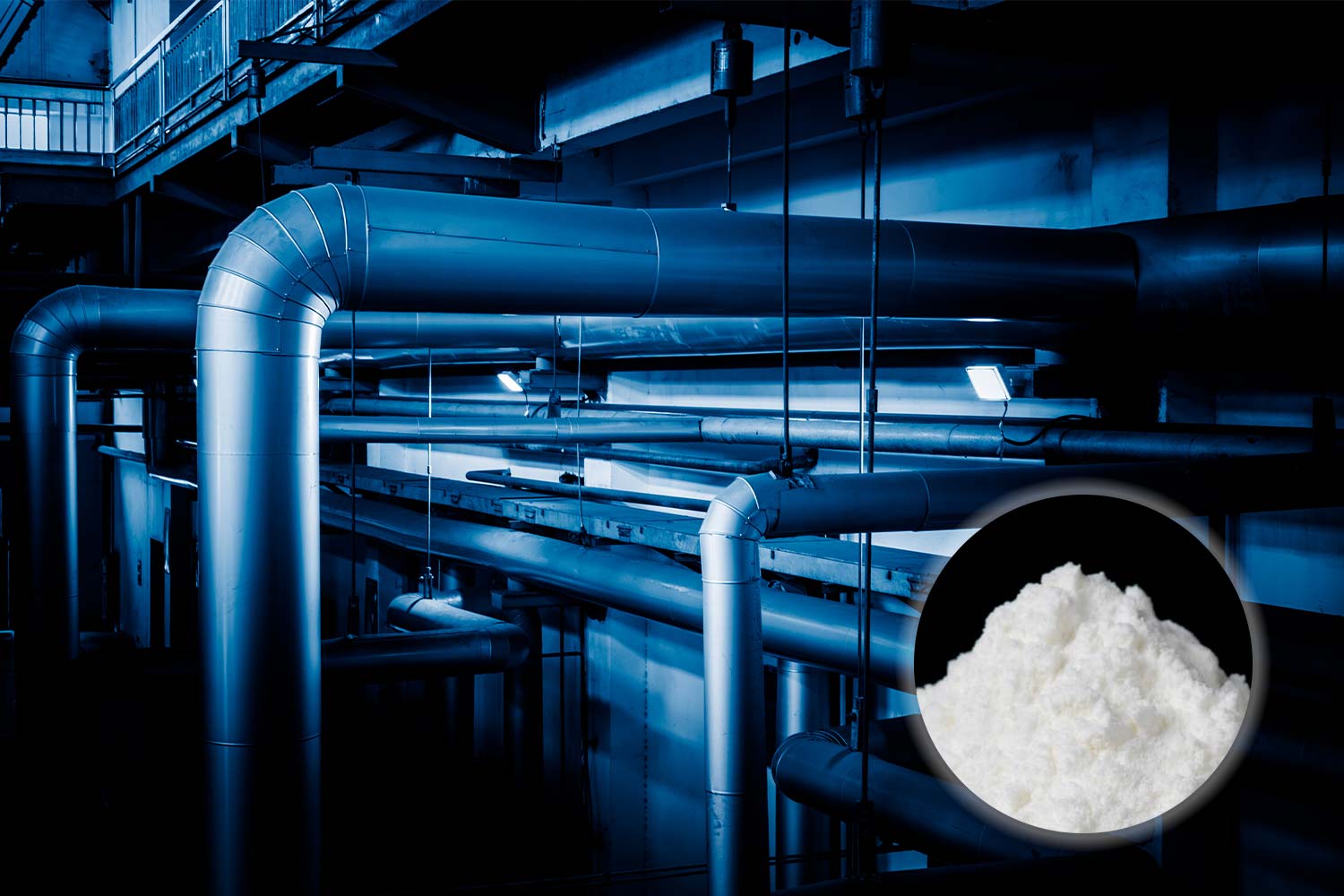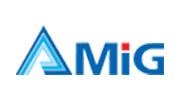

包括的な化学製品ソリューション
顧客重視の高品質プロバイダー!
Shandong jiuan chemical industry serving the entire chemicalvsupply chain’s manufacturing & distribution business
山東 jiuan の化学工業 co.、株式会社。中国からのギ酸ナトリウム、ネオペンチルグリコール、ホルムアルデヒドの一流メーカーです。私たちは信頼できる生産者です。当社の製品は、長年にわたって多くの国や地域に輸出されてきました。当社のクライアントは、化学産業、製薬産業、食品産業、繊維産業など、さまざまな業界から来ています。
九安化学工業が提供する製品
製造を目指している
高品質の化学原料





Shandong Jiuan Chemical Industry Co.、Ltd.を選択してください
豊富な製品ポートフォリオ
私たちは、すべての業界セグメントに対応する幅広い化学製品を扱っています。
持続可能性に焦点を当てる
人と環境を守ることは私たちの重要な目標です。
Trongインフラストラクチャ
強力なインフラストラクチャを構築することにより、化学製造および流通業界に確固たる足跡を築き上げました。
グローバルリーチ
私たちは、世界中の多くの国で自分たちの存在を感じてもらうために一生懸命取り組んでいます。
最高の業界と企業のサービス
高品質の化学サービスを提供する
複数の業界向け!

印刷インキ

製薬業界

潤滑油

皮革製造

ペイント
私たちはあなたのビジネスに最適な化学ソリューションを提供します、 すべてのサービスを探索する
ロシアの顧客は、長年中国で栽培されてきた昔ながらの化学会社です。彼らは毎年中国から何百もの異なる化学製品を購入しています。
Dedicated Customer Teams & Fast Service
質問がありますか?お気軽にお問い合わせください。
Jiuan Chemical Industry は、中国の化学製造業界のリーダーであり、世界をより良く、より安全で、より効率的な場所にすることを誇りに思っています。私たちは、革新的で差別化された技術を共同でチーム指向の方法で開発し、運用上の卓越性に焦点を当て、高品質でコスト競争力のある製品とサービスを提供することに取り組んでいます.詳細については、今すぐお問い合わせください。
バルク ギ酸ナトリウム ディーラー、バルク ギ酸ナトリウム ディーラー、中国ギ酸ナトリウム ディーラー、Odm ギ酸ナトリウム ディーラー、Oem ギ酸ナトリウム ディーラー、バルク ギ酸ナトリウム ディストリビューター、バルク ギ酸ナトリウム ディストリビューター、中国ギ酸ナトリウム ディストリビューター、Odm ギ酸ナトリウム ディストリビューター、Oem ギ酸ナトリウム ディストリビューター、バルク ネオペンチル グリコール販売業者、バルク ネオペンチル グリコール販売業者、Oem ネオペンチル グリコール販売業者、Odm ネオペンチル グリコール販売業者、中国ネオペンチル グリコール販売業者、バルク ネオペンチル グリコール販売業者、バルク ネオペンチル グリコール販売業者、Odm ネオペンチル グリコール販売業者、中国ネオペンチルグリコールディーラー
できるだけ早くご連絡いたします。または、毎日午前9時から午後6時までお電話いただけます。
+86-18364366249
連絡する
お問い合わせフォームに記入し、最高の価格とサービスを確実に受けられるようにメールでお問い合わせください。













